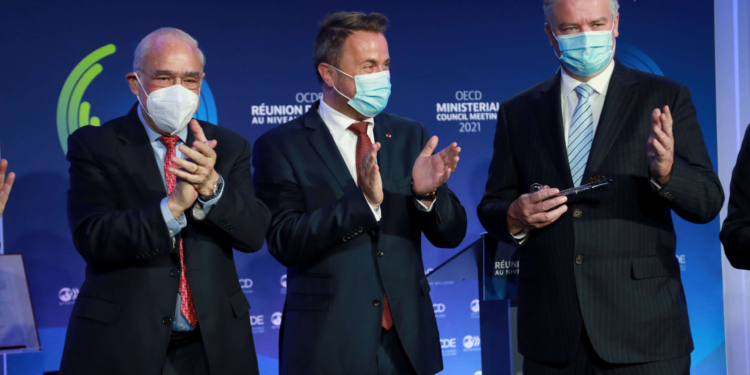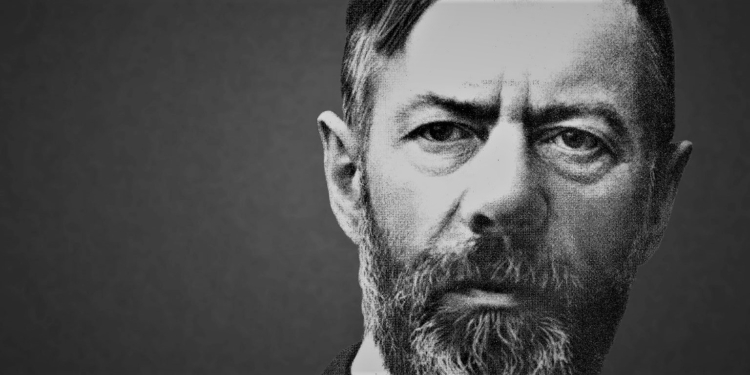Image: Signing of the Marrakesh Agreement, April 1994. Source: WTO.
IT IS TRUE that an organization’s survival depends on both external and internal forces. Scholars say, externalities emanate from the environment and prompt reactions, while internalities dislocate the structure from within. The organization adjusts, changes, and endures.
As 20th century magnate Chester Barnard famously noted, proper study of an organization should not only focus itself on the conditions to which adjustment must be made but also, and perhaps even more so, on the processes by which this change is accomplished.
In an international organization, things can get complicated. Politics, of all things, is ubiquitous. Here, the rules of the game have far-reaching implications. Everyone is involved, the stakes are high, and so is responsibility. How does change happen in international organizations? Admiringly, over the last decade, a growing academic circle has been keen on exploring that thorny question.
For example, these institutions can create new international rules, or remove them. The rules can be changed, too. And any change in the rulebook, scholars claim, can lead to the reinterpretation by member states of the institution’s original mandate, and to the reinterpretation by the institution of its environment – or its very place in the global-political scene.
Not to mention, there are several dimensions to change in international organizations, as sociologists Olivier Nay and Franck Petiteville indicate. So, change can happen on the juridical level, insofar as international bodies are legal constructs. Change can also arise on more material grounds, such as that of managerial methods; financial procedures; objects, the makings of offices and buildings.
And then there is cultural change. One may witness change of mindsets, or any kind of shared form of knowledge. One may change the appropriate way to behave within the organization, just as one may internalize new beliefs through patterns of repeated exchanges or routinized practices.
In a way, change is pervasive. Its wider movement tells of an institutional configuration that is unique to each international organization. Change can even generate more change, as it is subject to reflexive appreciation by agents. Indeed, even gradual and, as it were, “invisible” change can eventually be scrutinized by historians.
Here, there are important questions to be asked. For instance, to what extent can the organization control and direct its own processes of change? What about member countries? Civil society? Here, debates abound. Change is a hot topic.
First, the role attributed to international organizations in their own processes of change is contested. Some claim that these institutions dispose of abilities to maneuver. Like a living organism, international organizations employ strategies of adaptation and resilience to ensure their own preservation. Others, echoing Robert Keohane’s lasting contributions, argue that international organizations change not because they are strong and resilient, but because they are weak and instrumentalized by powerful countries.
Change can also be apprehended as the aggregate – often unforeseen – result of incremental shifts at various levels of the organizational structure. Which in turn are driven by the heterogeneous interests of an international organization’s wide array of stakeholders.
Consider what Michel Crozier calls institutional learning. It refers to “the processes by which members of complex groups manage to move from a system of crudely regulated games to a system of more elaborately regulated games, where competition is better.” For Crozier, change can be self-referential – because it is learning at its core. It is the engine that organizes and then, reflexively, organizes better and so on.
Naturally, one’s approach to change in international organization defines one’s approach to international cooperation.
Two decades ago, Zygmunt Bauman put forward the idea that globalization is the very essence of humanity’s new global condition. Similarly, Ulrich Beck dubs “reflexive modernity” humanity’s consistent efforts of adaptation and readjustment of the global structure that ultimately defines us.
Today, both Bauman’s ever-globalizing globalism and Beck’s reflexivity find an organizational edge in Crozier’s notion of institutional learning. To bring on positive change, we must keep on learning how to do things better. Better international organization carries forward better international cooperation. It is a world of responsibility.
Author
-
Murillo Salvador is chief editor at International-Organization.Com. In the past, he has worked at the Organisation for Economic Co-operation and Development, and at the Mission of Brazil to the World Trade Organization. He currently lives in Geneva.
View all posts
Related Articles
June 21, 2021
Changing Hands
Leading an international organization is a tough job. But it is also full of potential: The individual characteristics of the executive head can make or break international cooperation.
May 17, 2021
Revisiting Weber’s Spirit of Capitalism
The world must live up to tough challenges today, and the study of collective ethics under capitalism has never been more relevant. To that end, the work of Max Weber can still guide our reflection.
April 26, 2021
Grasping Malfunctional International Organizations
In a world of bad news, it can be tempting to point fingers and deflect blame. How can we make sense of the crisis of multilateralism in a context where confusion is so pervasive?


